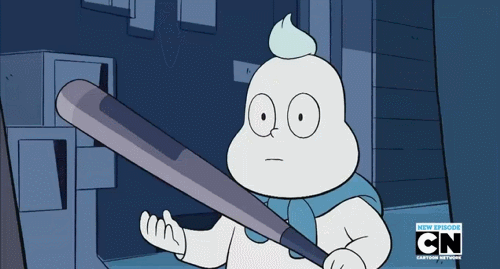Subject: It depends...
Author:
Posted on: 2016-05-01 00:54:00 UTC
There does exist a way to make it all equal the same thing I believe, but it is quite confusing. The basis of it is something like this. In the real world we all assume that the figure '1' equates to one unit of something. What happens if '1' doesn't equate to one unit of something anymore and instead equates to zero units of something. Now much like in the way we can have multiple things represent the same number of units (sqrt(4)=2=8/4) in our new way of measuring things we can also have different figures representing the same quantities. So, we have, in a new style of counting that the figure '1' equates to zero units, and we can also have that the figure '0' equates to zero units. Now for our problem here let us say that the figure '2' equates to two units, the figure '-2' equate to minus two units, the figure '-1' to equate to zero units and the figure '0' equate to zero units, thus your equation does indeed make sense as it states that zero units is equal to zero units is equal to zero units is equal to zero units.
OR the simpler answer is there is no answer, or rather not in the conventional way of counting things that we automatically use as human beings. But because we do not state that we are using any particular set of numbers at the start we can assume that the figures we are dealing with can equate to whatever we want.
Storme Hawk
Resident mathematician.
P.S I believe that, without sacrificing any of the beats that the current equations produce when being written down, it is possible to replace some of the figures with other figures such that you do get four equations that can all equal one another. The simplest way of doing it would be to replace the first 2 with an integral sign, which would then allow for x=-1 to work.


